Legend has it that the city councilors blinded Hanuš, the architect of the Prague Astronomical Clock, to prevent him from creating an even more beautiful clock than the one we see today!
Fun facts about the Prague Astronomical Clock
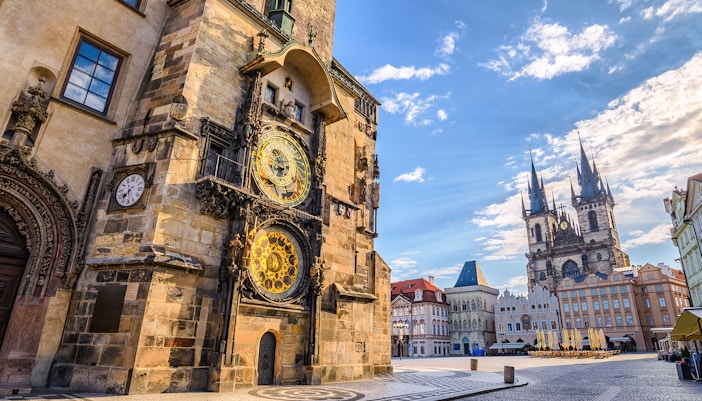
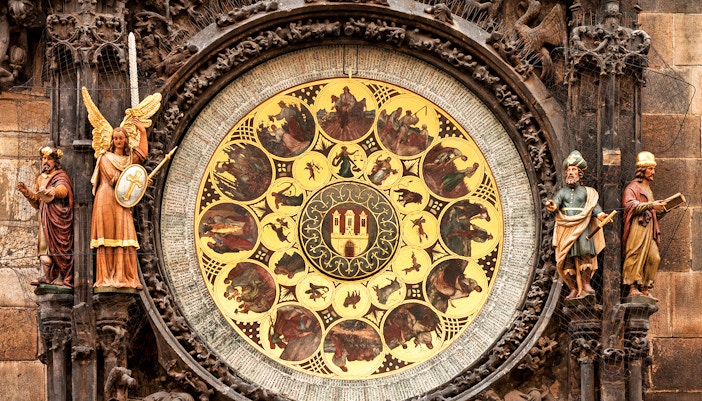
Though the Prague Astronomical Clock has undergone numerous repairs, about 75% of its parts remain original from the 15th century. However, some renovations have sparked controversy. In 2018, artist Stanislav Jirčík recreated the calendar dial based on Josef Mánes' original paintings, but the heritage group Club for Old Prague discovered significant changes in the zodiac paintings. This led to a complaint with the Czech Ministry of Culture in 2022, creating a scandal.

Legend says if the clock stops at the skeleton on the Prague Astronomical Clock, it signals bad times for the Czech nation. Only a boy born on New Year’s night can stop the curse by racing from Týn Church to the Town Hall before the clock's final strike, breaking the skeleton's evil power and saving the land.
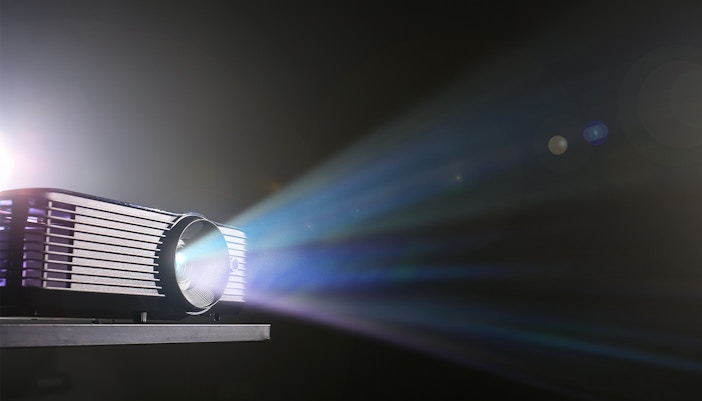
On 9 October 2010, the Orloj celebrated its 600th anniversary with a spectacular light show projected onto the clock tower. Using two projectors, animated videos depicted the clock's construction, destruction, and reconstruction, revealing its inner workings and iconic figures. The visuals interacted with the tower's architecture, showcasing rain rolling off the arch and illustrating the passage of time with shifting shadows.
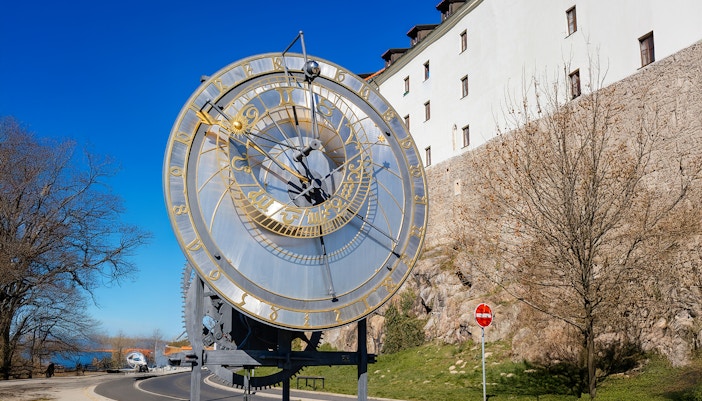
A replica of the Prague Astronomical Clock can be found in the town of Kadaň, Northwest Bohemia. This version is twice the size of the original, measuring over five meters tall and weighing more than five tons. Unlike the original, the Kadaň clock is a metal sculpture without any moving parts. Its design features open sides and a back, allowing visitors to view the inner mechanism up close.
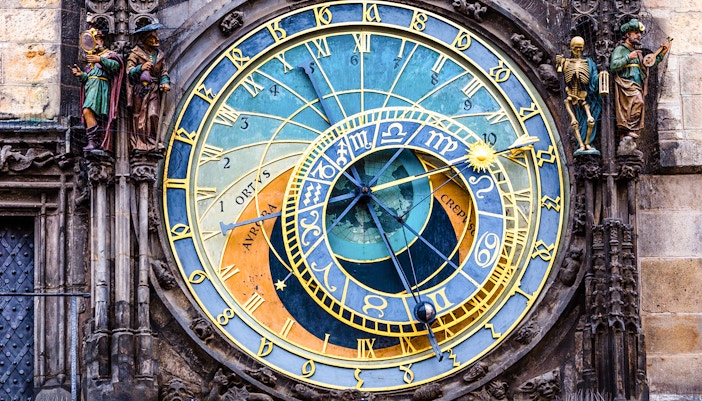
On its 605th anniversary, the Prague Astronomical Clock, also known as the Prague Orloj, was honored with a special Google Doodle featured on the homepage. The Doodle celebrated its historical significance, highlighting its intricate design and engineering, which includes moving figures and a display of astronomical and calendrical information.













